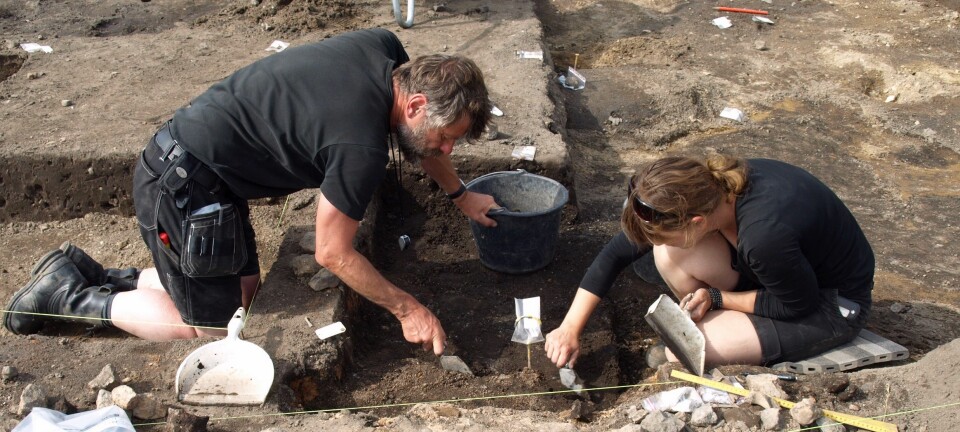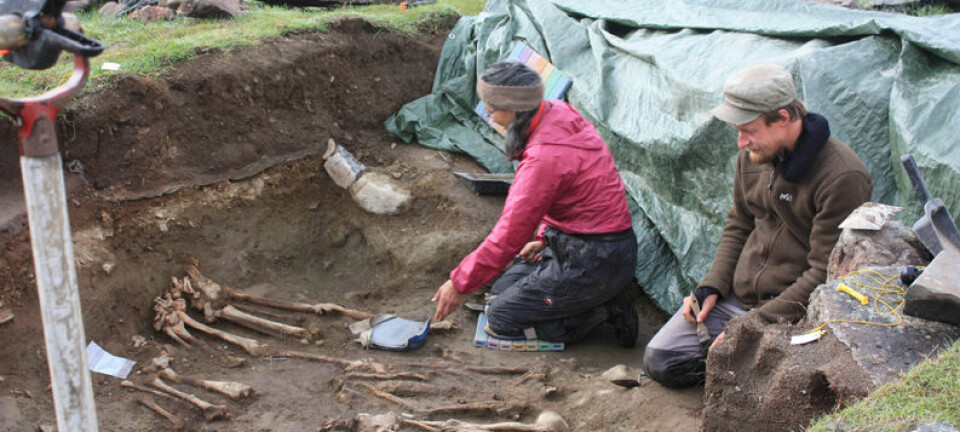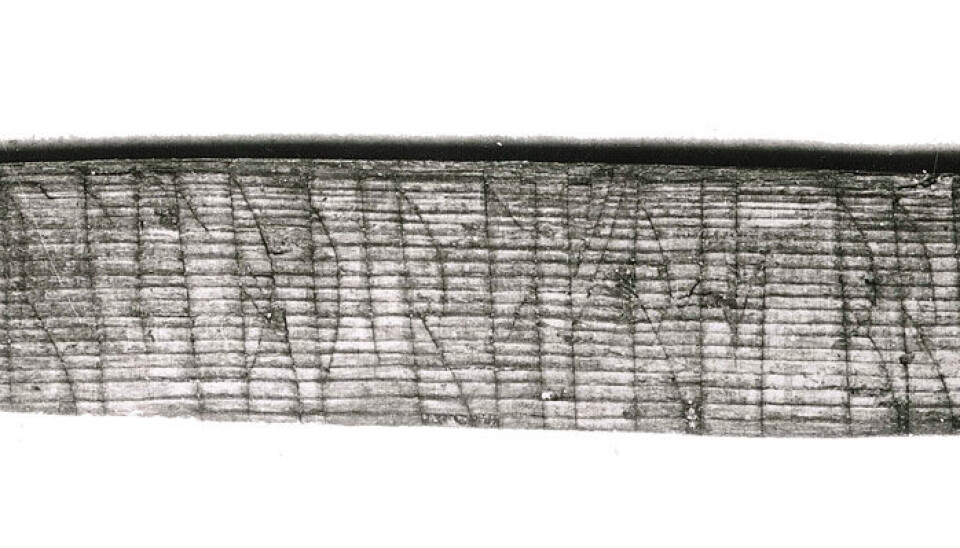
Mysterious code in Viking runes is cracked
A runic code called jötunvillur has finally been decrypted. It just might help solve the mystery of the Vikings’ secret codes.
Denne artikkelen er over ti år gammel og kan inneholde utdatert informasjon.
Why did Vikings sometimes use codes when they wrote in runes? Were the messages secret, or did they have other reasons for encrypting their runic texts? Researchers still don’t know for sure.
But Runologist K. Jonas Nordby thinks he has made progress toward an answer. He has managed to crack a code called jötunvillur, which has baffled linguists and historians for years.
His discovery can help researchers understand the purpose behind the mystery codes.
“It’s like solving a riddle,” says Nordby.
“After a while I started to see a pattern in what appeared to be meaningless combinations of runes,” he says.
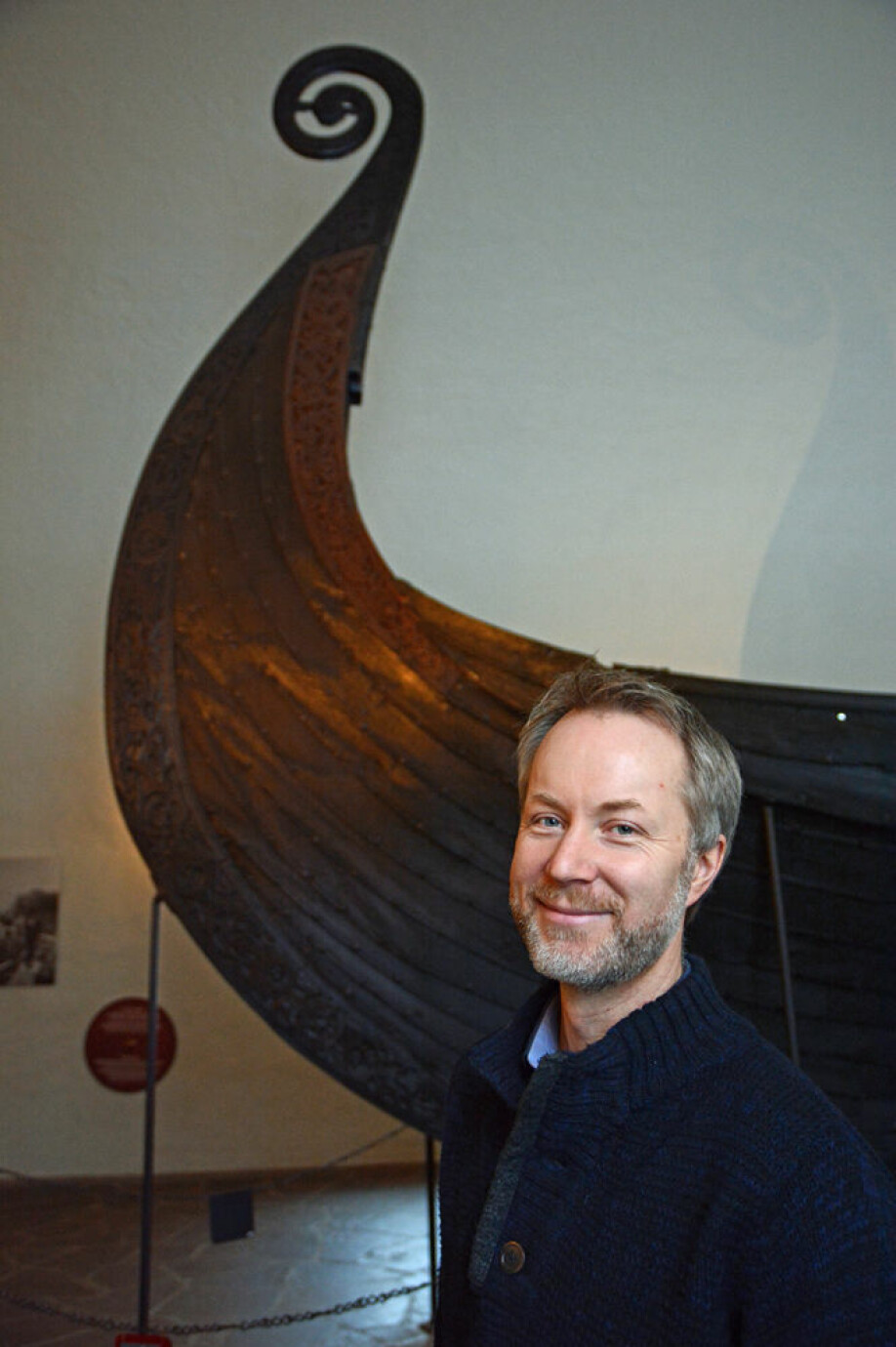
Codes in frequent use
Ancient codes prompt associations with treasure hunts and conspiracies as depicted in The Da Vinci Code. But mysterious codes are not just the stuff of fiction and films. Real-life Vikings and medieval Norse people carved runic codes onto sticks of wood, stones and other objects.
The codes are found in many forms and contexts. They have turned up all over Scandinavia, the British Isles and other places where runes were used.
“It was very common to use codes. Much of the population mastered them. That’s why I think they were something people picked up at the same time they learned the runic alphabet. If you had learned to read and write, you had also learned codes,” says Nordby.
The use of the code as a tool in learning is not as odd as it might seem. There were no rune schools then but knowledge of this alphabet could be transferred from generation to generation by linking it to games, poetry, drills and codes, Nordby says.
He is working on his doctorate in runes. Nordby is the first person to study all the findings of runic codes in Northern Europe, around 80 inscriptions. His PhD research has taken him to several countries to analyse runic inscriptions dating back as far as 800 AD.
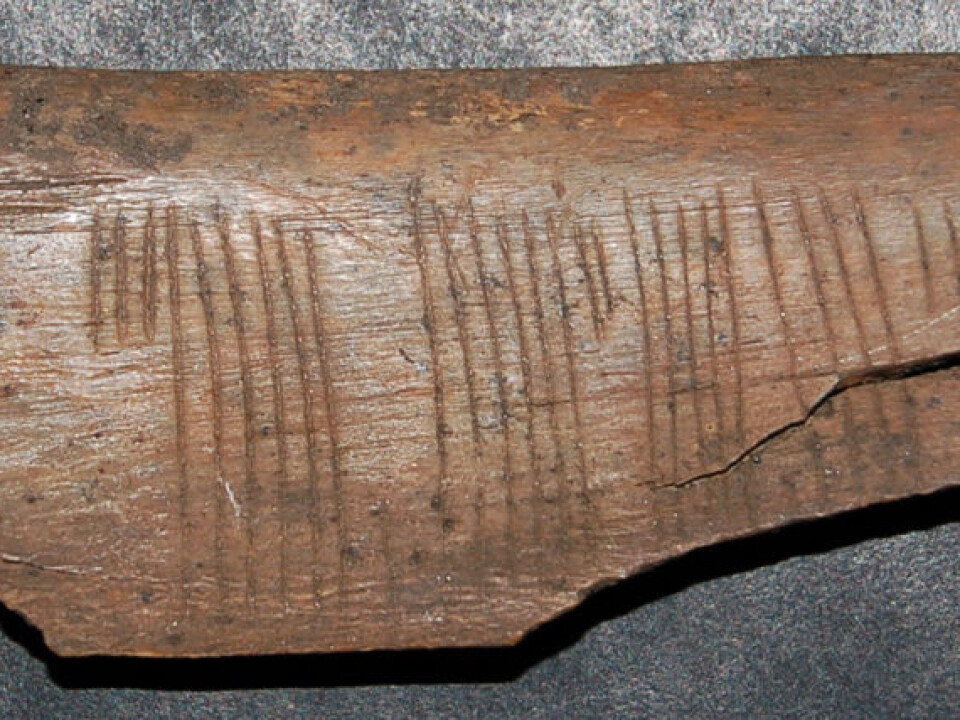
Imaginative use
The use of runic codes was imaginative, but not mysterious enough for a Hollywood blockbuster.
“Many think the Vikings used cryptography to conceal secret messages. But I think the codes were used in play and for learning runes, rather than to communicate,” says Nordby.
One of the reasons for his claim is that the jötunvillur code is written in a way that makes the interpretation ambiguous.
“Jötunvillur can only be written, not read. It would be pointless to use it for messages,” says Nordby.
This is why he has considered other possible uses for the code. Nordby thinks the Vikings memorised rune names with the help of the jötunvillur code.
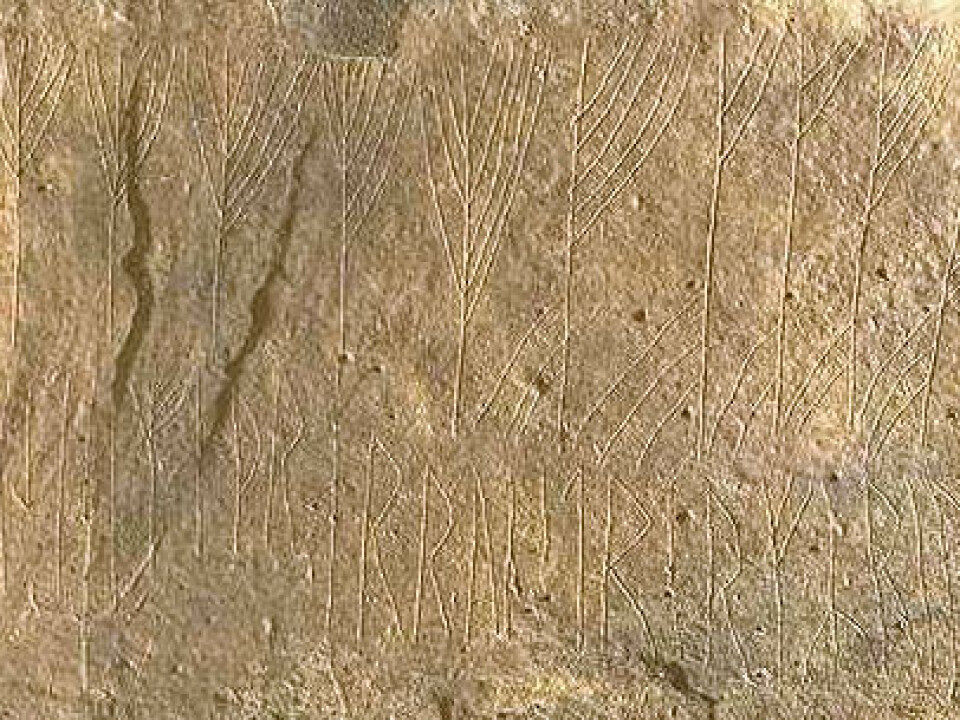
All runes have names, and the jötunvillur code works by exchanging the rune sign with the last sound in the rune’s name. For example, the rune for the letter U is called “urr” so it is encoded with the rune for R. The problem is that many runes end in the same sound. This makes it hard to figure out which runic letter the code refers to.
The rune codes were not just used for learning. Nordby thinks the use also indicates a whimsical use of runes in the Viking Era and the Middle Ages.
“We have little reason to believe the runic codes were used to conceal sensitive information. People often wrote short, routine messages,” says Nordby.
Coded declarations such as “Kiss me” demonstrate that the use of code was not limited to issues of political significance. Many of the messages in runic codes included a challenge to the reader to crack the code. The inscription “Interpret these runes” was common.
“People challenged one another with codes. It was a kind of competition in the art of rune making. This testifies to a playfulness with writing that we don’t see today,” says Nordby.
Nine of the 80 or so coded runic writings that Nordby has investigated are written in the jötunvillur code. The others are written in cipher runes and with the use of Caesar cipher, a system involving a shift to letters a few places away in the alphabet. The latter two codes have been understood by researchers for some time.
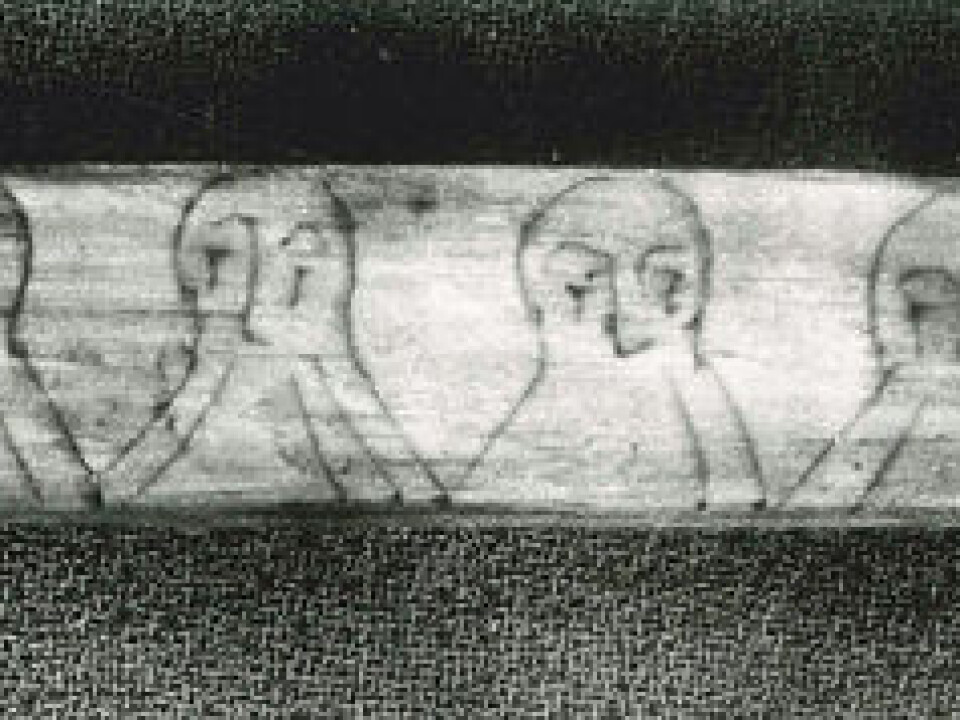
Bragging about literacy and sex
Being good at writing and breaking codes ensured a certain amount of status, and people bragged about their proficiencies. On the Orkney Islands, for instance, someone wrote in code: “These runes were carved by the most rune-literate man west of the sea”.
Runic codes drawn as figures also show that Vikings played with writing.
A window of understanding
Henrik Williams, a professor at Uppsala University’s Department of Scandinavian Languages and a Swedish expert on runes, says that Nordby’s discovery is important.
“Above all, it helps us understand that there were more codes than we were aware of. Each runic inscription we interpret raises our hopes of soon being able to read more. This is pure detective work and each new method improves our chances,” says Williams.
He agrees that the codes could have been used as a tool for learning runes. But he is uncertain how big a role this would have played in the learning process. In any case, Williams thinks the codes were used for much more than communication.
“They challenged the reader, demonstrated skills, and testify to a joy in reading and writing.”
What can the codes say about society at the time they were used?
“They tell us much about people’s playfulness and innovation. We come closer to the thoughts of people living at the time through understanding their codes. Nordby has made an important discovery by breaking the code,” says Williams.
“But personally I think jötunvillur is an idiotic code, because whoever made it chose a system that is so hard to interpret. It’s irritating not being able to read it.”
-------------------
Read the Norwegian version of this article on forskning.no
Translated by: Glenn Ostling











